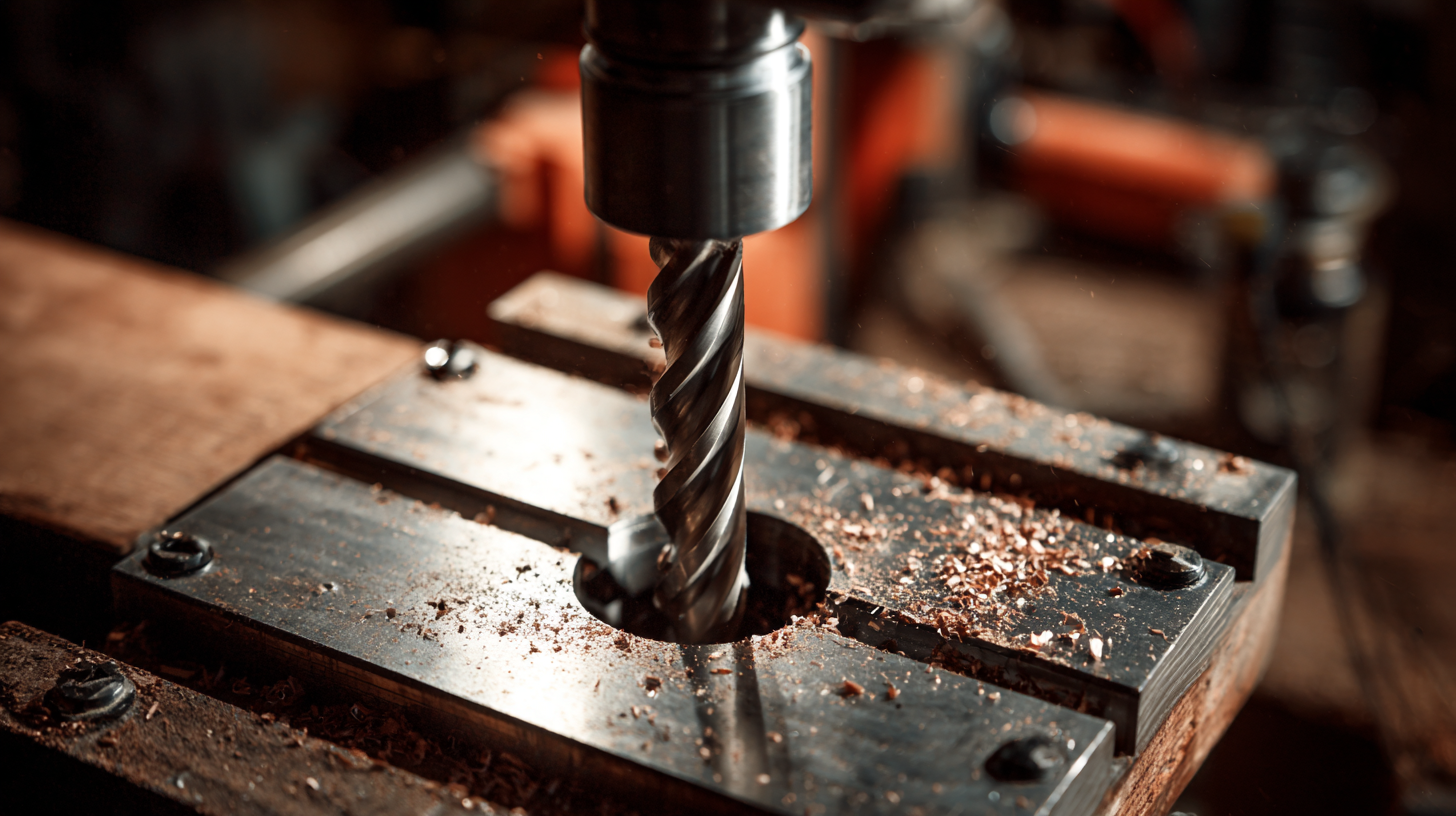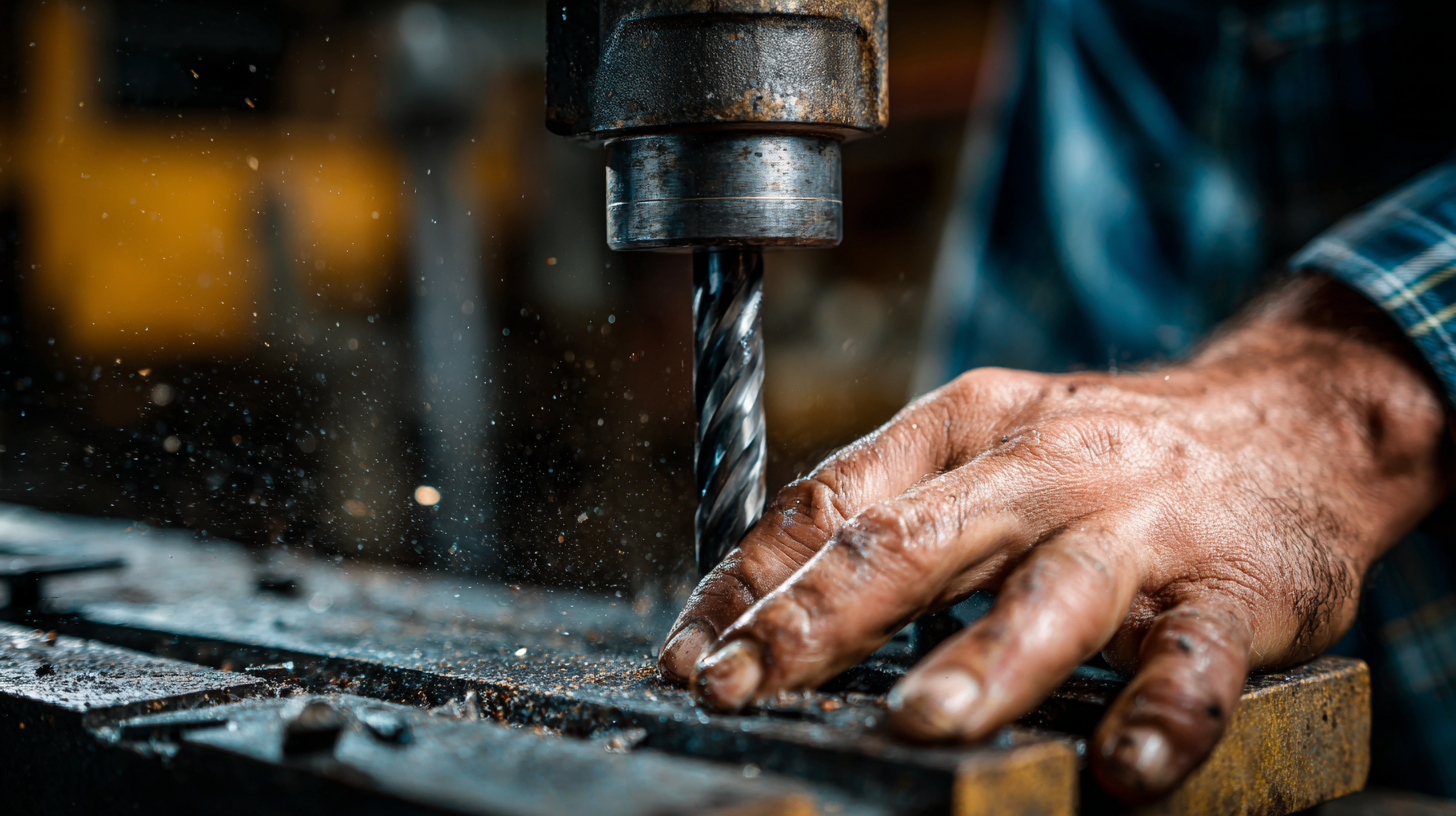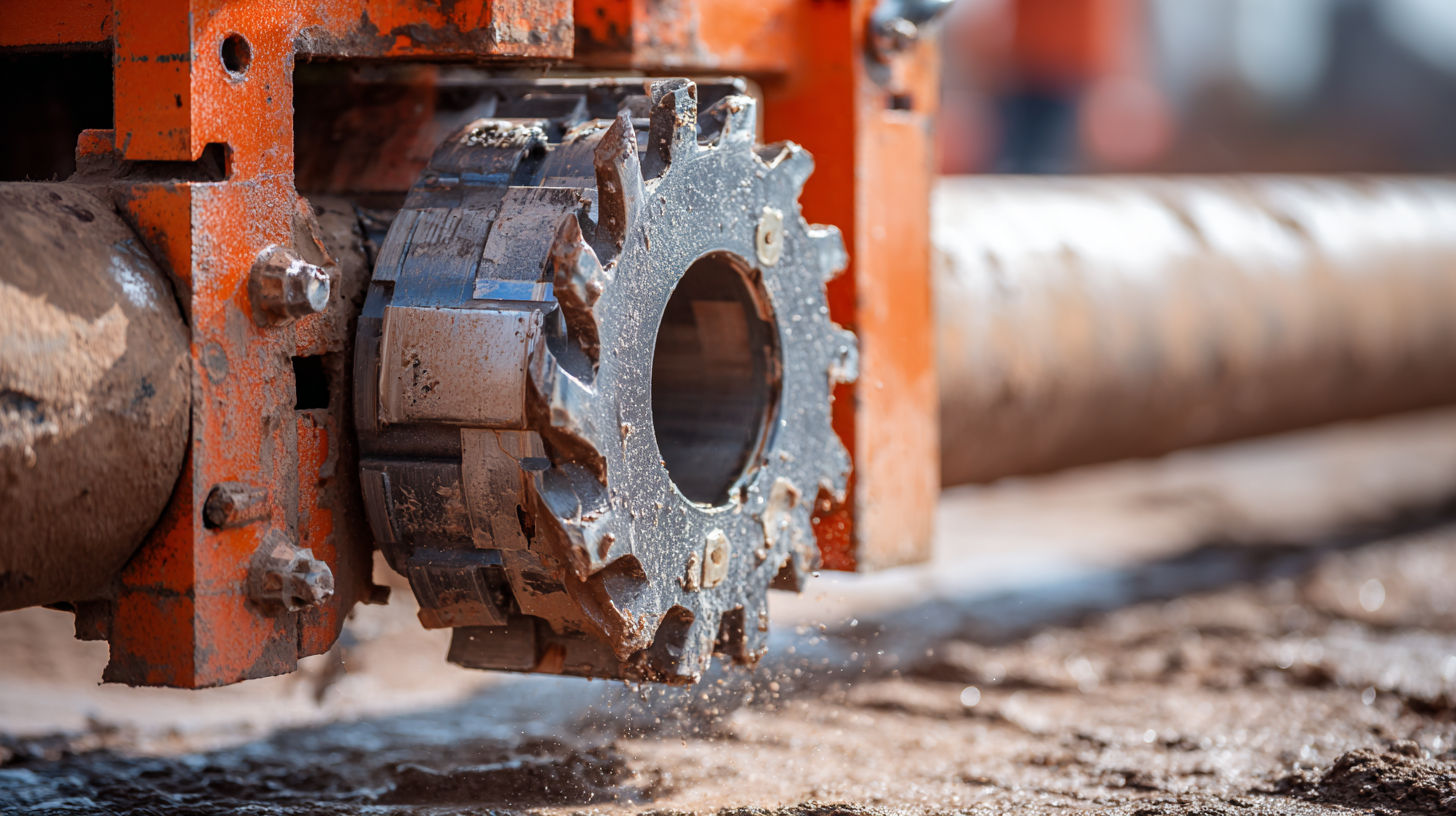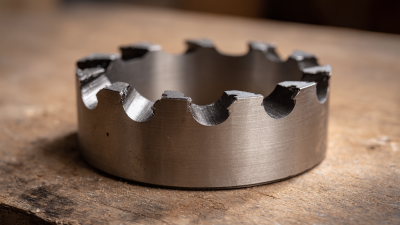When it comes to drilling large holes with precision and efficiency, choosing the right tool is crucial for both professionals and DIY enthusiasts. The "Large Hole Saw" industry has seen significant advancements; however, with numerous options available, selecting the best product can be daunting. Renowned expert, John R. Taylor, a leading voice in the tools industry, once stated, "The right large hole saw not only saves time but also ensures a clean and accurate cut, which is essential for any project." This encapsulates the essence of our guide for 2025's top five large hole saws.
In this ultimate buyer's guide, we will explore the best large hole saws on the market, analyzing their features, performance, material compatibility, and user reviews. Whether you are a seasoned professional aiming to enhance your toolkit, or a DIY enthusiast seeking the perfect tool for your next project, understanding the capabilities of various large hole saws can elevate your craftsmanship. The right choice can make all the difference in achieving a flawless finish and satisfying results, making our selection an invaluable resource for anyone engaged in projects that require large diameter cuts.

When selecting a large hole saw, several key features must be considered to ensure optimal performance for both professionals and DIY enthusiasts. One of the most critical aspects is the material of the hole saw. Carbide-tipped saws are known for their durability and ability to cut through tough materials like metal and hardwoods, making them ideal for heavy-duty applications. According to a report by the Industrial Supply Association, carbide-tipped hole saws can outlast bi-metal alternatives by up to 50%, reducing the need for frequent replacements and saving costs in the long run.
Another important factor is the teeth configuration and pitch. Larger teeth can provide faster cutting speeds but may result in rougher edges. For projects requiring precision, such as in cabinetry or delicate installations, finer teeth are preferable. A study conducted by the Manufacturing Institute reveals that using the appropriate hole saw design can improve efficiency by as much as 30%, underscoring the importance of selecting the right tool for specific tasks. Lastly, compatibility with drill systems is essential; ensuring that the hole saw can be easily mounted on both corded and cordless drills enhances user convenience and flexibility on the job.
When it comes to drilling large holes, having the right tool is essential for both professionals and DIY enthusiasts. In 2025, the market for large hole saws has seen significant advancements, with innovations enhancing performance and efficiency. According to a report by Research and Markets, the global market for hole saws is projected to grow at a CAGR of 6.2% through 2026, driven by increased demand in the construction and woodworking industries.
The top five large hole saws of 2025 stand out not only for their durability but also for their precision and ease of use. For example, the Bosch 15-Piece Hole Saw Set offers a unique bi-metal construction that extends its lifespan, supported by a review from Tool Digest that praises its cutting efficiency on various materials. Another favorite is the Milwaukee 49-22-4066, which boasts a professional-grade design that excels in high-demand scenarios—backed by user testimonials highlighting its substantial cutting power and reliable performance.
Enhancements in hole saw technology have also led to the development of sharper teeth patterns and improved materials, minimizing friction and heat during drilling. This provides users with cleaner cuts and longer tool life. As reported in the Industry Equipment Review, the right large hole saw can increase productivity by up to 30%, making these top picks not only a sound investment but a necessity for serious projects.
When selecting large hole saws, understanding material compatibility is crucial for achieving optimal results. Different materials require specific types of saws; for instance, bi-metal hole saws are best suited for wood and metal, while carbide-tipped saws excel in ceramic and masonry applications. According to a recent industry report by the National Association of Home Builders, the demand for durable and versatile tools, including hole saws, has increased by 15% over the past year, highlighting the importance of choosing the right type for each job to enhance performance and efficiency.
Tips: When working with hardwood, consider using a larger tooth count hole saw for cleaner cuts. For concrete or brick, ensure your carbide-tipped hole saw is rated for masonry to avoid damaging the tool. Always keep your saws sharp; dull blades not only affect cutting quality but can also lead to increased wear on the equipment.
The recommended use cases for various types of hole saws emphasize their multi-functionality. For professionals and DIY enthusiasts alike, using a high-quality bi-metal hole saw can efficiently tackle a range of tasks, from installing plumbing to electrical work. In contrast, specialized saws, such as those designed for larger diameters, are essential for applications like HVAC installations, where precision and integrity of the material are paramount.
| Model | Material Compatibility | Recommended Use Cases | Diameter Range (inches) | Typical Price ($) |
|---|---|---|---|---|
| Model A | Wood, Plastic | Furniture Making, DIY Projects | 1 - 6 | 25 |
| Model B | Metal, Wood | Electrical Installations, Metal Work | 1 - 8 | 35 |
| Model C | Ceramic, Tile | Bathroom Renovation, Tile Work | 1 - 5 | 45 |
| Model D | Wood, MDF | Cabinet Making, Craft Projects | 1 - 7 | 30 |
| Model E | Plastic, Drywall | Installation of Fixtures, Drywall Work | 1 - 6 | 20 |
 When using large hole saws, proper techniques not only enhance efficiency but also extend the life of your tools. Always ensure that your saw is compatible with the material you're working on, as using the wrong type can lead to damage or poor results. Before starting, mark your drilling point clearly and apply even pressure while cutting to maintain control over the saw. Utilizing a slower speed and a steady hand will help prevent overheating, which can cause the teeth of the saw to dull prematurely.
When using large hole saws, proper techniques not only enhance efficiency but also extend the life of your tools. Always ensure that your saw is compatible with the material you're working on, as using the wrong type can lead to damage or poor results. Before starting, mark your drilling point clearly and apply even pressure while cutting to maintain control over the saw. Utilizing a slower speed and a steady hand will help prevent overheating, which can cause the teeth of the saw to dull prematurely.
Maintenance is equally crucial for achieving optimal performance from your large hole saws. After each use, clean the saws to remove any debris or material residues, as this can hinder their effectiveness over time. Regularly inspecting the teeth for wear and damage will help you identify when a replacement is necessary, ensuring consistent performance for future projects. Additionally, storing your hole saws in a dry and organized manner will protect them from rust and accidents, prolonging their lifespan. Following these tips will not only improve your results but also provide you with a reliable toolset for various applications.
When selecting the right size and type of large hole saw for your project, the first step is to assess the material you will be cutting. Different materials, such as wood, metal, or plastic, require specific types of hole saws. For example, carbide-tipped hole saws are ideal for tougher materials like metal, while high-speed steel saws work well for softer woods. Understanding the properties of the material will help you choose a saw that can efficiently cut through it without damaging the workpiece.
Next, consider the depth and diameter of the hole you need. Hole saws come in various sizes, typically measured by their diameter. It's important to ensure the saw is compatible with your drill and can achieve the necessary depth for your project. A well-sized hole saw not only makes the job easier but also ensures cleaner cuts. For optimal results, consult the manufacturer's specifications for the recommended usage and sizing, ensuring that you select a saw that meets both your project requirements and your tools' capabilities.








